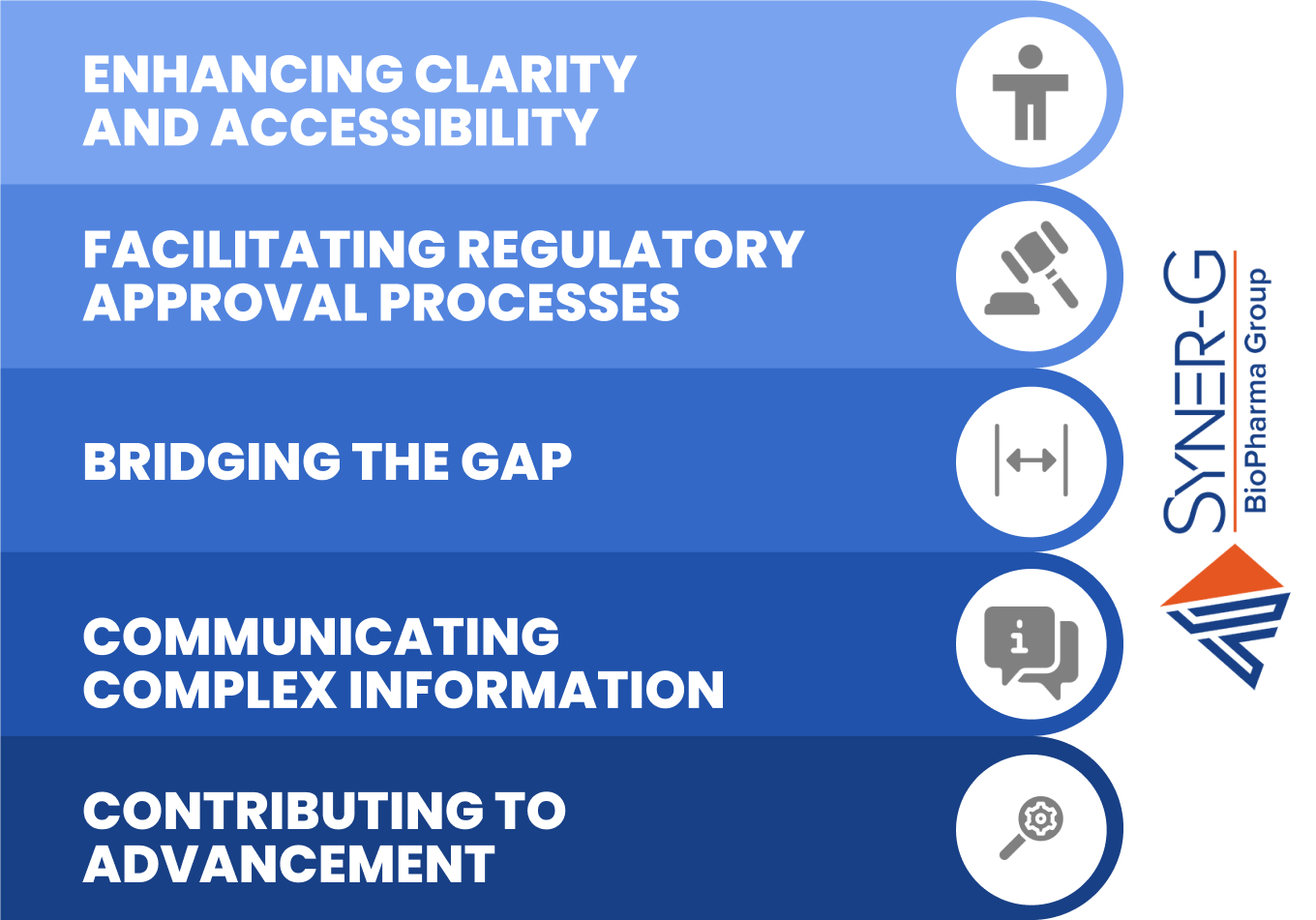The journey of a pharmaceutical compound from laboratory conception to market availability is a multifaceted process fraught with challenges. The answer to what are the 4 stages of drug development provides a useful framework. Among the four stages of drug development—discovery phase, preclinical research, clinical development, and regulatory approval—clinical development represents the most resource-intensive and deterministic phase.
This clinical development step serves as the ultimate arbitrator of a drug’s safety and efficacy in the human body, converting promising data from preclinical studies into statistically validated therapeutic effects. Industry data suggests that only a small percentage of drug candidates entering Phase I clinical trials ultimately receive regulatory approval, underscoring the criticality of methodical, evidence-based approaches to clinical trial design.
This article examines the dimensions of clinical development within the drug development process, exploring contemporary methodologies, regulatory considerations, and emerging paradigms that are reshaping this crucial stage of drug development.

Phase I: First-in-Human Studies
Phase I clinical trials represent the initial introduction of an investigational drug compound into human subjects. These studies primarily emphasize evaluating a drug’s safety rather than therapeutic efficacy, employing cohorts of 20-100 healthy volunteers (or, in certain therapeutic areas such as oncology, patients with the target condition).
The primary objectives encompass pharmacokinetic profiling to determine how the drug affects absorption, distribution, metabolism, and excretion parameters; pharmacodynamic assessment to evaluate biochemical and physiological effects; maximum tolerated dose identification through sequential dose escalation; and safety monitoring via comprehensive assessment of adverse events.
Contemporary Phase I designs have evolved beyond traditional methodologies to incorporate adaptive elements that enable real-time protocol adjustments based on emerging data. These modified approaches frequently integrate advanced statistical frameworks, allowing more efficient dosage range determination while preserving participant safety. These adaptive designs can significantly reduce Phase I timelines while simultaneously enhancing the precision of dose selection for subsequent development phases.
Phase II: Proof of Concept and Dose Optimization
Phase II clinical studies constitute the critical proof-of-concept stage, wherein the drug candidate’s therapeutic potential is systematically evaluated in patients with the target condition. These clinical studies typically involve 100-500 participants and are frequently stratified into Phase IIa exploratory efficacy studies and Phase IIb dose-ranging studies.
The former provides a preliminary evaluation of the therapeutic effect using surrogate endpoints or biomarkers in a relatively homogeneous patient population, while the latter focuses on a rigorous assessment of dose-response relationships to determine optimal dosing regimens for pivotal trials.
The methodological complexity in Phase II has increased substantially over the past decade, with the implementation of enrichment designs for patient selection based on genetic, molecular, or phenotypic characteristics. Adaptive seamless Phase II/III designs that integrate dose-finding and confirmatory elements have also gained prominence, along with innovative endpoint selection incorporating patient-reported outcomes and digital biomarkers.
Statistical considerations in Phase II have evolved concurrently, with increased utilization of Bayesian decision-making frameworks and simulation-based trial designs. These approaches enable more efficient resource allocation and facilitate earlier termination of futile development programs, allowing pharmaceutical companies to redirect resources toward more promising compounds.
Phase III: Confirmatory Efficacy and Safety
Phase III trials represent the definitive evaluation of a new drug’s risk-benefit profile, typically involving 1,000-5,000 patients across multiple clinical sites and jurisdictions. These pivotal clinical studies provide the primary evidence base for regulatory submissions and must adhere to rigorous methodological standards, including randomization to mitigate selection bias, blinding to minimize expectation bias, appropriate control groups (often existing treatments), and adequate statistical powering to detect clinically meaningful treatment effects.
The operational execution of Phase III programs presents substantial logistical challenges, including site identification, participant recruitment, protocol adherence monitoring, and data quality assurance. Phase III trials often extend several years in duration, with oncology and neurological indications generally requiring the most extended timelines.
The globalization of clinical research has introduced additional complexities, including cross-cultural validation of assessment instruments, harmonization of standard-of-care practices, and navigation of divergent requirements from regulatory authorities.
This global expansion has also enabled more diverse participant populations, enhancing the generalizability of efficacy and safety findings and potentially identifying population-specific response patterns of significant clinical relevance for patient outcomes.
Phase IV: Post-Marketing Surveillance and Real-World Evidence
Phase IV studies, conducted after regulatory approval, serve as a critical extension of the clinical development continuum. These post-marketing studies assess the therapeutic performance of approved pharmaceutical drugs in real-world clinical settings that often differ substantially from controlled trial environments.
Unlike earlier phases of drug development, Phase IV research frequently involves tens of thousands of patients across diverse demographic, comorbidity, and concomitant medication profiles, providing robust insights into long-term safety, effectiveness, and therapeutic value.
The methodological approaches in Phase IV span observational studies, pragmatic trials, registry analyses, and pharmacovigilance systems. Observational designs, including prospective cohort studies and retrospective database analyses, enable evaluation of rare adverse events and subpopulation responses that may not manifest within the temporal and demographic constraints of pre-approval trials.
Pragmatic randomized controlled trials maintain randomization while relaxing inclusion criteria and intervention standardization, thereby generating evidence more directly applicable to routine clinical practice.
Regulatory agencies increasingly mandate structured post-approval safety studies (PASS) and post-approval efficacy studies (PAES) as conditions of marketing authorization, particularly for products approved through accelerated pathways with limited pre-approval safety databases. These studies employ standardized protocols to address specific safety concerns or confirm clinical benefits suggested by surrogate endpoints in pivotal trials.
The emergence of comprehensive electronic health record systems, claims databases, and patient registries has revolutionized Phase IV research capabilities. These real-world data sources permit longitudinal patient tracking, comparative effectiveness analyses, and safety signal detection at an unprecedented scale.
Advanced pharmacoepidemiological methods, including propensity score matching and instrumental variable analyses, mitigate the inherent confounding in observational studies, enhancing the validity of comprehensive data gathered after market approval.
Beyond regulatory obligations, Phase IV studies provide essential inputs for market access strategies, reimbursement negotiations, and therapeutic positioning. Comparative effectiveness research, health economic analyses, and patient-reported outcomes in real-world settings increasingly influence formulary decisions and clinical practice guidelines.
Moreover, Phase IV data frequently support label expansions, dosing modifications, and novel combination regimens, maximizing the therapeutic and commercial potential of approved drugs beyond their initial applications.

Special Considerations in Clinical Development
Pediatric Development Programs
Regulatory frameworks increasingly mandate systematic evaluation of investigational compounds in pediatric populations, despite the ethical and methodological challenges inherent in studying vulnerable subjects.
Pediatric investigation plans must address age-appropriate dosage forms, specialized pharmacokinetic considerations, and developmentally relevant endpoints. Innovative trial designs, including extrapolation methodologies and sparse sampling approaches, have emerged to facilitate pediatric drug development while minimizing participant burden.
Rare Disease Clinical Development
Orphan indications present unique challenges in the drug development process, including limited patient populations, incomplete natural history characterization, and absence of validated endpoints.
Clinical development strategies for rare diseases frequently incorporate natural history studies, innovative trial designs such as single-arm trials with external controls, and earlier engagement with regulatory authorities to establish appropriate evidentiary standards. Gene therapy and other advanced therapeutic approaches have shown particular promise in addressing previously untreatable rare conditions.
Emerging Trends in Drug Development
Several transformative trends are reshaping clinical development methodologies across all four phases of drug development.
Decentralized trial approaches leverage digital technologies to expand geographical reach and enhance participant convenience. Digital endpoints from wearable devices and mobile applications enable continuous, objective data collection in naturalistic settings.
Master protocol platforms allow efficient evaluation of multiple drug candidates within unified operational frameworks. Artificial intelligence applications optimize patient recruitment, risk-based monitoring, and predictive analytics to improve data quality and research efficiency.
Patient-centric approaches systematically incorporate patient perspectives in protocol design and endpoint selection, aligning development objectives with participant priorities and real-world needs.
Transforming Molecules into Medicines
Clinical development represents the most resource-intensive and deterministic stage of the drug development process, transforming promising lead compounds from preclinical research into extensively tested therapeutic entities with demonstrated real-world value. The continuum from Phase I first-in-human studies through post-marketing Phase IV research constitutes an integrated evidence generation framework that progressively refines the understanding of a compound’s benefit-risk profile across expanding patient populations and clinical contexts.
Contemporary approaches emphasize methodological innovation, operational efficiency, and evidence quality throughout all clinical phases, reflecting the pharmaceutical industry’s commitment to accelerating patient access to novel interventions while maintaining rigorous scientific standards.
Drug candidates that successfully navigate the entire process from discovery through clinical trials must demonstrate clear advantages over existing treatments to justify further development and commercial investment. The most promising compounds are typically those that address significant unmet medical needs or offer substantial improvements in safety, efficacy, or convenience compared to standard therapies.
Organizations that embrace innovative trial designs, digital technologies, and patient-centric methodologies demonstrate competitive advantages in development timelines, success rates, and ultimate market positioning. Whether pursuing new drug applications or biologics license applications, the pathway from target molecule identification to approved medicine involves multiple phases of increasingly rigorous testing.
The future of clinical development will undoubtedly be characterized by increasing integration across traditional phase boundaries, with continuing emphasis on efficiency, evidence quality, and alignment with patient and societal needs.
As scientific understanding and regulatory landscapes continue to evolve, successful navigation of the clinical development pathway will remain the definitive determinant of pharmaceutical innovation and, ultimately, improved patient outcomes.

